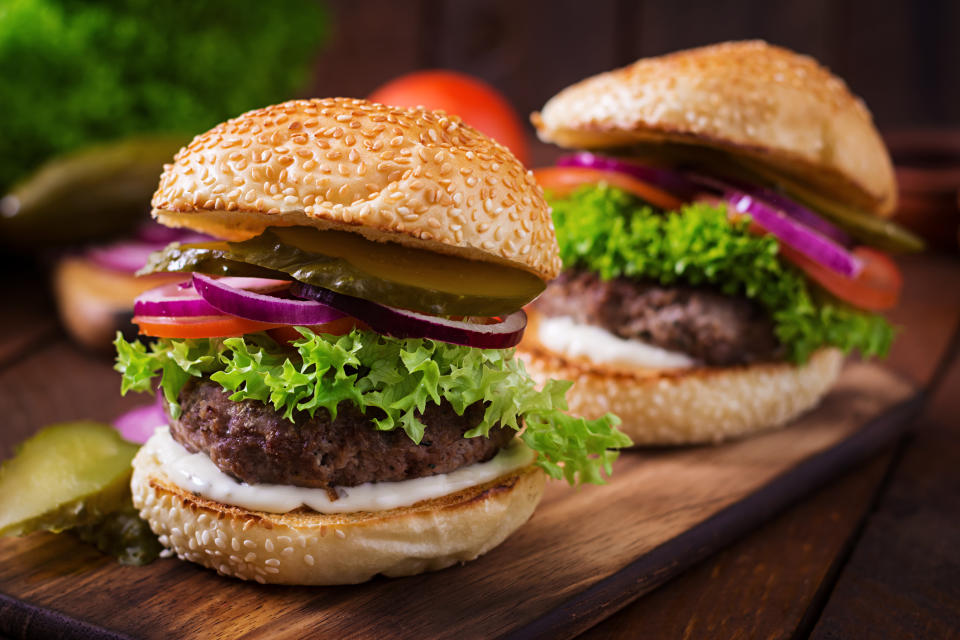How you're secretly brainwashed to buy the expensive option

Much research into consumer behaviour goes into retail strategy, and one academic has revealed how the industry manipulates buyers into choosing a more expensive product.
The phenomenon is called the ‘decoy effect’, and according to associate professor Gary Mortimer of Queensland University of Technology, it is used to devastating effect by retailers to steer customers towards a particular product.
The simplest scenario is when there is a choice of two products, adding in a third option – the decoy.
“The decoy is not intended to sell, just to nudge consumers away from the ‘competitor’ and towards the ‘target’ – usually the more expensive or profitable option,” Mortimer wrote on The Conversation.
Take, for example, fast food that comes as a small $5 meal or a large $9 meal. When presented with those two choices, many people might decide to go small because they want to spend less money and they don’t feel they need as much food as the large meal offers.
But introducing a third option – an $8 medium meal – makes the large option seem excellent value. You just pay $1 more than medium to get more food. What a bargain!
So the medium meal is the decoy that just makes the more expensive large option more attractive.
Mortimer cited how behavioural economist Dan Ariely asked his university students to choose a subscription for The Economist magazine.
“In one scenario the students had a choice of a web-only subscription or a print-only subscription for twice the price; 68 percent chose the cheaper web-only option,” Mortimer wrote.
“They were given a third option – a web-and-print subscription for the same price as the print-only option. Now just 16 percent chose the cheaper option, with 84 percent opting for the obviously better combined option.”
The print-only option was the decoy.
Ariely’s experiment was so fascinating that The Economist itself wrote an article titled “The importance of irrelevant alternatives”.
The ‘decoy effect’ was first explained in an academic paper in 1981, according to Mortimer, and it revolutionised retail pricing and marketing.
“They challenged established doctrines – known as the ‘similarity heuristic’ and the ‘regularity condition’ – that a new product will take away market share from an existing product and cannot increase the probability of a customer choosing the original product.”
Make your money work with Yahoo Finance’s daily newsletter. Sign up here and stay on top of the latest money, news and tech news.

 Yahoo Finance
Yahoo Finance 